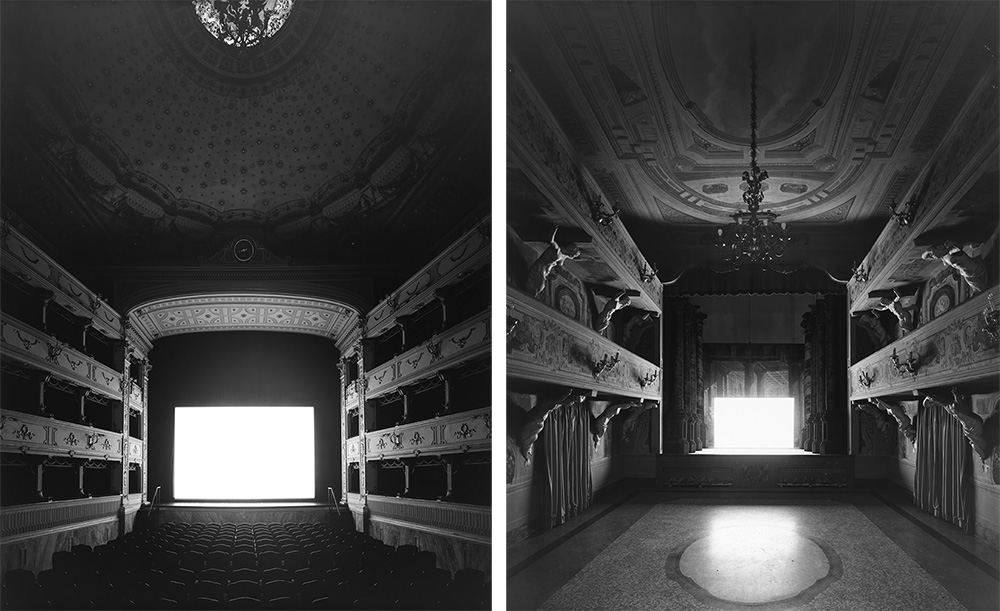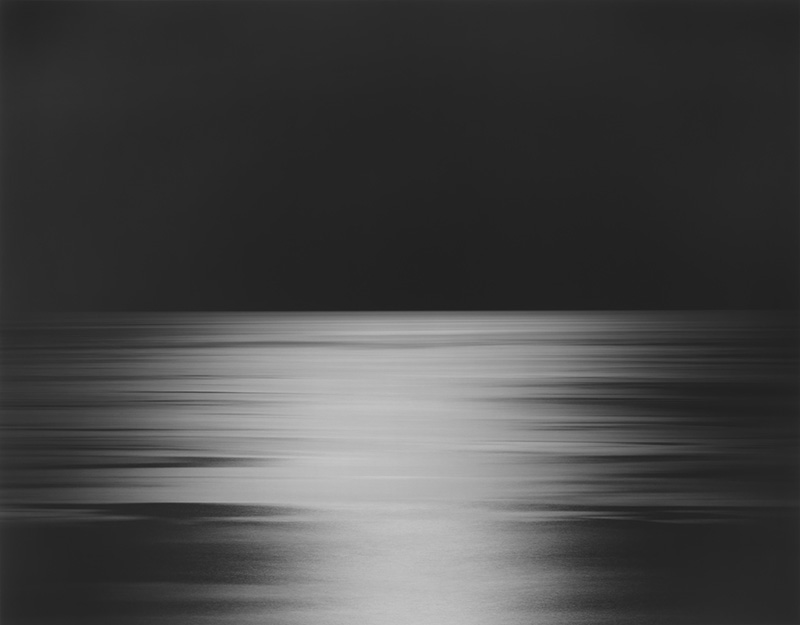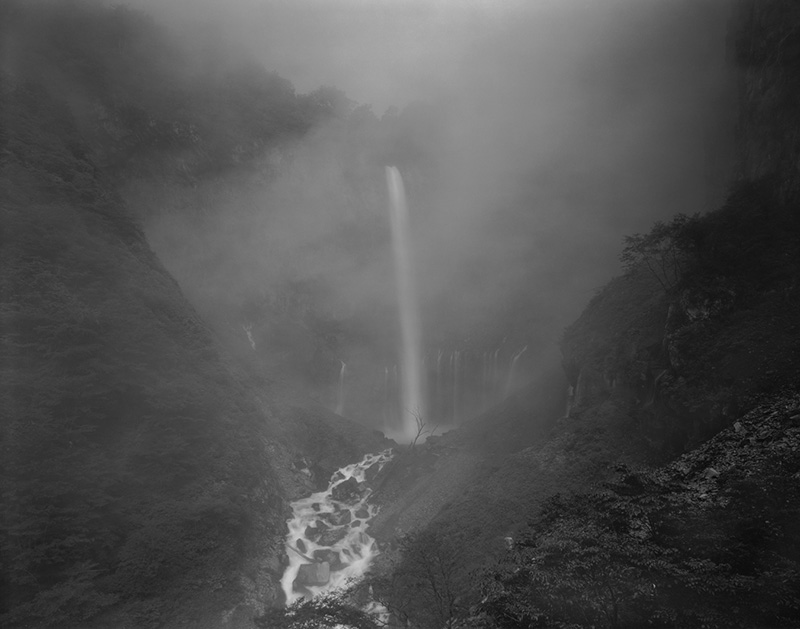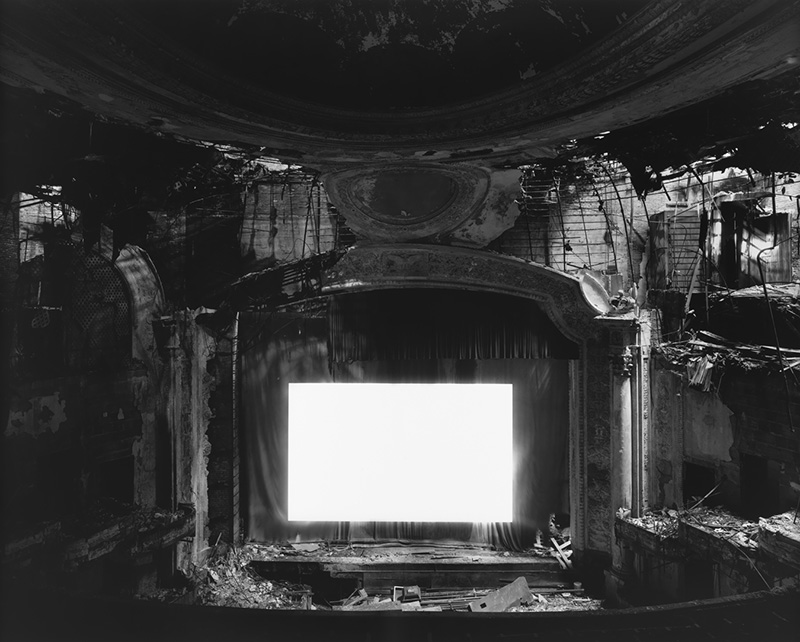PHOTO:Hiroshi Sugimoto-Snow White & Surface Tension
 Hiroshi Sugimoto has defined what it means to be a multi-disciplined contemporary artist, blurring the lines between photography, painting, installation, and most recently, architecture and sculpture. His i photographs have bridged Eastern and Western ideologies, tracing the origins of time and societal progress along the way. Preserving and picturing memory and time is a central theme of Sugimoto’s photography.
Hiroshi Sugimoto has defined what it means to be a multi-disciplined contemporary artist, blurring the lines between photography, painting, installation, and most recently, architecture and sculpture. His i photographs have bridged Eastern and Western ideologies, tracing the origins of time and societal progress along the way. Preserving and picturing memory and time is a central theme of Sugimoto’s photography.
By Dimitris Lempesis
Photo Marian Goodman Gallery Archive
Two simultaneous exhibitions of works by Hiroshi Sugimoto at the London and Paris spaces of Marian Goodman Gallery are on presentation. The London gallery presents “Snow White”, a collection of works from Sugimoto’s series “Theaters” (1978- ). The works in the exhibition focus on theaters in America and Europe, specifically Drive-in theaters, Abandoned theaters and most recently a series of Italian Opera theaters. In Theaters” the light reflected on the screens provides the only source of light within the dark interiors, their various decorative elements reflecting Sugimoto’s interest in architecture and aesthetic stylings of time past. The series began as an experiment in which Sugimoto used long exposure to capture thousands of moving images on a single frame of film. The ‘afterimage’ of this long exposure is one of a gleaming, pure white screen, which remains in our visual memory beyond the physical experience of the actual film screening. Sugimoto began to photograph the most recent locations a number of Italian Opera Houses in 2014, which includes images of two of the earliest Renaissance theaters in Italy, the Palladio-designed Teatro Olimpico, Vincenza and the Teatro all’Antica, Sabbioneta. These classical Italian buildings are the architectural ancestors and inspiration for the style of the majority of the American Theaters which the artist originally began photographing. The Paris gallery presents “Surface Tension”, a collection of images from Sugimoto’s “Seascapes” series (1980- ). The series brings together a series of elemental landscapes of the sea and sky taken in different parts of the world. Some were photographed during the day and others at night, some are misty with the horizon barely visible, while others have a crisp clarity that reveals the forms of the waves. Despite the Romantic and almost mystical effect of these works, their titles are objective and documentary, reflecting Sugimoto’s roots in Conceptual Art. The singular unifying element throughout the series is the perfectly balanced composition between the lower half weighted with the sea, and the airy upper half depicting the sky, each seascape divided dead centre by the horizon line. In Paris, the artist present work from the 1990’s to his most recent works of the Tasman sea photographed in 2017. For the “Seascapes” series the artist says “Every time I view the sea, I feel a calming sense of security, as if visiting my ancestral home; I embark on a voyage of seeing”. In Paris, the artist also shows five works from his “Five Elements”, optical glass sculpture series. Taking the form from a traditional pagoda, this object comprises five shapes. Each shape has a representational meaning, referring to the Buddhist cosmological doctrine of Five Universals. The square form represents the earth, the globe signifies water, the pyramid is fire, the semi globe is air, and a teardrop form at the top represents emptiness. Each work has a single seascape embedded in the glass globe. Hiroshi Sugimoto’s interest in art began early. His reading of André Breton’s writings led to his discovery of Surrealism and Dada and a lifelong connection to the work and philosophy of Marcel Duchamp. Central to Sugimoto’s work is the idea that photography is a time machine, a method of preserving and picturing memory and time. A close follower of Ansel Adams’s technical teachings, Sugimoto has rejected digital photography in favor of traditional methods, using them to obtain prints that are notable for their perfect finish and lifelikeness, while also capturing realities that are invisible to the human eye, playing with the gap that arises between what is seen by the eye and processed by the mind.
Info: Marian Goodman Gallery, 5-8 Lower John Street, London, Duration: 26/10-22/12/17, Days & Hours: Tue-Sat 10:00-18:00, and Marian Goodman Gallery, 79 rue du Temple, Paris, Duration: 28/10-22/12/17, Days & Hours: Tue-Sat 11:00-19:00, www.mariangoodman.com






